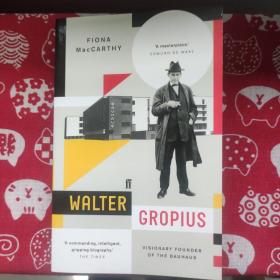
杜尚访谈录,Dialogues With Marcel Duchamp (Da Capo Paperback)
¥ 160 九品
仅1件
重庆北碚
认证卖家担保交易快速发货售后保障
作者Pierre Cabanne
出版社Perseus
出版时间1987-08
版次1
装帧平装
上书时间2023-07-16
- 在售商品 暂无
- 平均发货时间 19小时
- 好评率 暂无
- 最新上架
商品详情
- 品相描述:九品
图书标准信息
- 作者 Pierre Cabanne
- 出版社 Perseus
- 出版时间 1987-08
- 版次 1
- ISBN 9780306803031
- 装帧 平装
- 开本 32开
- 纸张 胶版纸
- 页数 136页
- 【内容简介】
- Marcel Duchamp, one of this century’s pioneer artists, movedhis work through the retinal boundaries which had been establishedwith impressionism into t field with impressionism into t fieldwhere language, thought and vision act upon one another, There itchanged form through a complex interplay of new mental and physicalmaterials, heralding many of the technical, mental and visualdetails to be found in more recent art...In the 1920s Duchamp gaveup, quit painting. He allowed, perhaps encouraged, the attendantmythology. One thought of his decision, his willing this stopping.Yet on one occasion, he said it was not like that. He spoke ofbreaking a leg. ’You don’t mean to do it,’ he said.The Large Glass.A greenhouse for his intuition. Erotic machinery, the Bride, heldin a see-through cage—’a Hilarious Picture.’ Its cross referencesof sight and thought, the changing focus of the eyes and mind, givefresh sense to the time and space we occupy, negate any concernwith art as transportation. No end is in view in this fragment of anew perspective. ’In the end you lose interest, so I didn’t feelthe necessity to finish it.’He declared that he wanted to kill art(’for myself’) but his persistent attempts to destroy frames ofreference altered our thinking, established new units of thought,’a new thought for that object.’The art community feels Duchamp’spresence and his absence. He has changed the condition of beinghere.”--Jasper Johns, from Marcel Duchamp: AnAppreciation
点击展开
点击收起
— 没有更多了 —















以下为对购买帮助不大的评价